当前位置:
X-MOL 学术
›
EES Catal.
›
论文详情
Our official English website, www.x-mol.net, welcomes your
feedback! (Note: you will need to create a separate account there.)
Manipulating the spin state to activate the atomically dispersed Fe–N–C catalyst for oxygen reduction
EES Catalysis ( IF 8.1 ) Pub Date : 2023-04-25 , DOI: 10.1039/d3ey00066d
Fan Liu , Chengxiang Shi , Lun Pan , Zhen-Feng Huang , Xiangwen Zhang , Ji-Jun Zou
EES Catalysis ( IF 8.1 ) Pub Date : 2023-04-25 , DOI: 10.1039/d3ey00066d
Fan Liu , Chengxiang Shi , Lun Pan , Zhen-Feng Huang , Xiangwen Zhang , Ji-Jun Zou

|
Atomically dispersed metal–nitrogen carbon (M–N–C) catalysts with e1g are believed to be very active for the oxygen reduction reaction; however, the activity origin of spin state manipulation is unclear. Here, using Fe–N–C as a model catalyst, we have developed a facile approach to manipulate its spin state from the low-spin to medium-spin state (FeSAC–NC, e1g) by utilizing the secondary coordination sphere effect of adjacent N![[double bond, length as m-dash]](https://www.rsc.org/images/entities/char_e001.gif) C–N moieties. The presence of N
C–N moieties. The presence of N![[double bond, length as m-dash]](https://www.rsc.org/images/entities/char_e001.gif) C–N configurations with high electronegativity modifies the degree of hybridization between Fe 3dz2, 3dxz (3dyz), and oxygen-containing intermediate π* orbitals, leading to an ideal balance between O2 activation and *OH desorption. More impressively, we found that the catalysts with eg = 1 in their metal centres may show very different activity, and the magnetic moment of 3dxz + 3dyz as a descriptor can accurately predict the ORR activity. Benefiting from the regulated coordination and electronic structures, the designed FeSAC–NC catalyst exhibited 3-fold mass activity and 7-fold specific activity than Pt/C.
C–N configurations with high electronegativity modifies the degree of hybridization between Fe 3dz2, 3dxz (3dyz), and oxygen-containing intermediate π* orbitals, leading to an ideal balance between O2 activation and *OH desorption. More impressively, we found that the catalysts with eg = 1 in their metal centres may show very different activity, and the magnetic moment of 3dxz + 3dyz as a descriptor can accurately predict the ORR activity. Benefiting from the regulated coordination and electronic structures, the designed FeSAC–NC catalyst exhibited 3-fold mass activity and 7-fold specific activity than Pt/C.
中文翻译:

操纵自旋态以激活原子分散的 Fe-N-C 催化剂以进行氧还原
e 为1 g的原子分散金属-氮碳 (M-N-C) 催化剂被认为对氧还原反应非常活跃;然而,自旋状态操纵的活动起源尚不清楚。在这里,使用 Fe–N–C 作为模型催化剂,我们开发了一种简便的方法,通过利用二级配位球将其自旋状态从低自旋状态控制到中自旋状态(Fe SAC –NC,e 1 g )相邻 N![[双键,长度为 m-dash]](https://www.rsc.org/images/entities/char_e001.gif) C–N 部分的作用。具有
C–N 部分的作用。具有![[双键,长度为 m-dash]](https://www.rsc.org/images/entities/char_e001.gif) 高电负性的 N C–N 构型的存在改变了 Fe 3d z 2 , 3d xz (3d yz), 和含氧的中间 π* 轨道,导致 O 2活化和 *OH 解吸之间的理想平衡。更令人印象深刻的是,我们发现其金属中心的 e g = 1的催化剂可能表现出非常不同的活性,并且 3d xz + 3d yz的磁矩作为描述符可以准确预测 ORR 活性。得益于规范的配位和电子结构,设计的 Fe SAC -NC 催化剂表现出比 Pt/C 高 3 倍的质量活性和 7 倍的比活性。
高电负性的 N C–N 构型的存在改变了 Fe 3d z 2 , 3d xz (3d yz), 和含氧的中间 π* 轨道,导致 O 2活化和 *OH 解吸之间的理想平衡。更令人印象深刻的是,我们发现其金属中心的 e g = 1的催化剂可能表现出非常不同的活性,并且 3d xz + 3d yz的磁矩作为描述符可以准确预测 ORR 活性。得益于规范的配位和电子结构,设计的 Fe SAC -NC 催化剂表现出比 Pt/C 高 3 倍的质量活性和 7 倍的比活性。
更新日期:2023-04-25
![[double bond, length as m-dash]](https://www.rsc.org/images/entities/char_e001.gif) C–N moieties. The presence of N
C–N moieties. The presence of N![[double bond, length as m-dash]](https://www.rsc.org/images/entities/char_e001.gif) C–N configurations with high electronegativity modifies the degree of hybridization between Fe 3dz2, 3dxz (3dyz), and oxygen-containing intermediate π* orbitals, leading to an ideal balance between O2 activation and *OH desorption. More impressively, we found that the catalysts with eg = 1 in their metal centres may show very different activity, and the magnetic moment of 3dxz + 3dyz as a descriptor can accurately predict the ORR activity. Benefiting from the regulated coordination and electronic structures, the designed FeSAC–NC catalyst exhibited 3-fold mass activity and 7-fold specific activity than Pt/C.
C–N configurations with high electronegativity modifies the degree of hybridization between Fe 3dz2, 3dxz (3dyz), and oxygen-containing intermediate π* orbitals, leading to an ideal balance between O2 activation and *OH desorption. More impressively, we found that the catalysts with eg = 1 in their metal centres may show very different activity, and the magnetic moment of 3dxz + 3dyz as a descriptor can accurately predict the ORR activity. Benefiting from the regulated coordination and electronic structures, the designed FeSAC–NC catalyst exhibited 3-fold mass activity and 7-fold specific activity than Pt/C.
中文翻译:

操纵自旋态以激活原子分散的 Fe-N-C 催化剂以进行氧还原
e 为1 g的原子分散金属-氮碳 (M-N-C) 催化剂被认为对氧还原反应非常活跃;然而,自旋状态操纵的活动起源尚不清楚。在这里,使用 Fe–N–C 作为模型催化剂,我们开发了一种简便的方法,通过利用二级配位球将其自旋状态从低自旋状态控制到中自旋状态(Fe SAC –NC,e 1 g )相邻 N
![[双键,长度为 m-dash]](https://www.rsc.org/images/entities/char_e001.gif) C–N 部分的作用。具有
C–N 部分的作用。具有![[双键,长度为 m-dash]](https://www.rsc.org/images/entities/char_e001.gif) 高电负性的 N C–N 构型的存在改变了 Fe 3d z 2 , 3d xz (3d yz), 和含氧的中间 π* 轨道,导致 O 2活化和 *OH 解吸之间的理想平衡。更令人印象深刻的是,我们发现其金属中心的 e g = 1的催化剂可能表现出非常不同的活性,并且 3d xz + 3d yz的磁矩作为描述符可以准确预测 ORR 活性。得益于规范的配位和电子结构,设计的 Fe SAC -NC 催化剂表现出比 Pt/C 高 3 倍的质量活性和 7 倍的比活性。
高电负性的 N C–N 构型的存在改变了 Fe 3d z 2 , 3d xz (3d yz), 和含氧的中间 π* 轨道,导致 O 2活化和 *OH 解吸之间的理想平衡。更令人印象深刻的是,我们发现其金属中心的 e g = 1的催化剂可能表现出非常不同的活性,并且 3d xz + 3d yz的磁矩作为描述符可以准确预测 ORR 活性。得益于规范的配位和电子结构,设计的 Fe SAC -NC 催化剂表现出比 Pt/C 高 3 倍的质量活性和 7 倍的比活性。






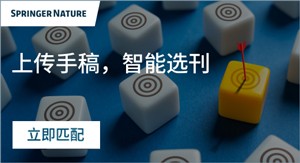
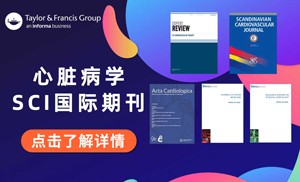





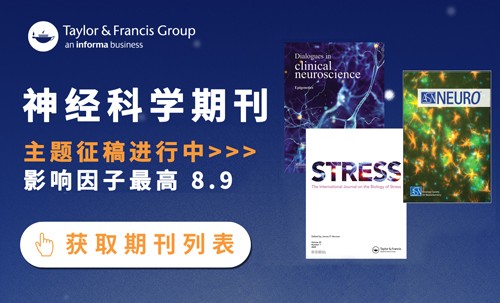

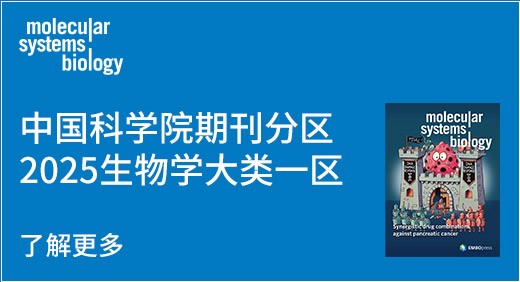

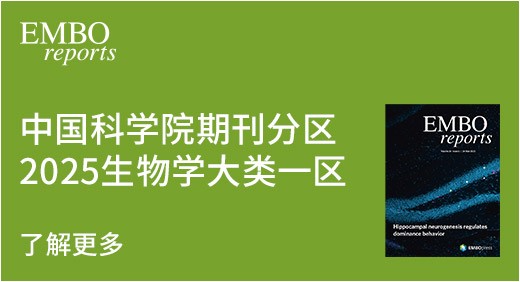




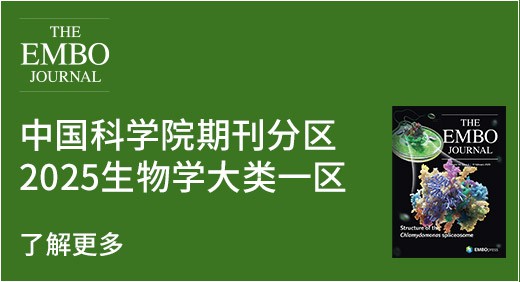






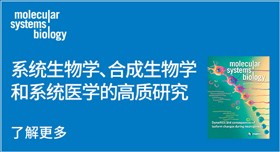

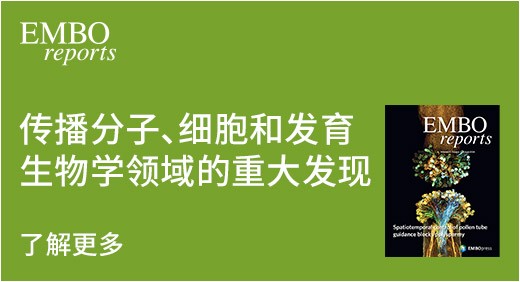
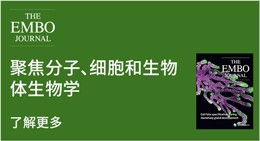

















 京公网安备 11010802027423号
京公网安备 11010802027423号